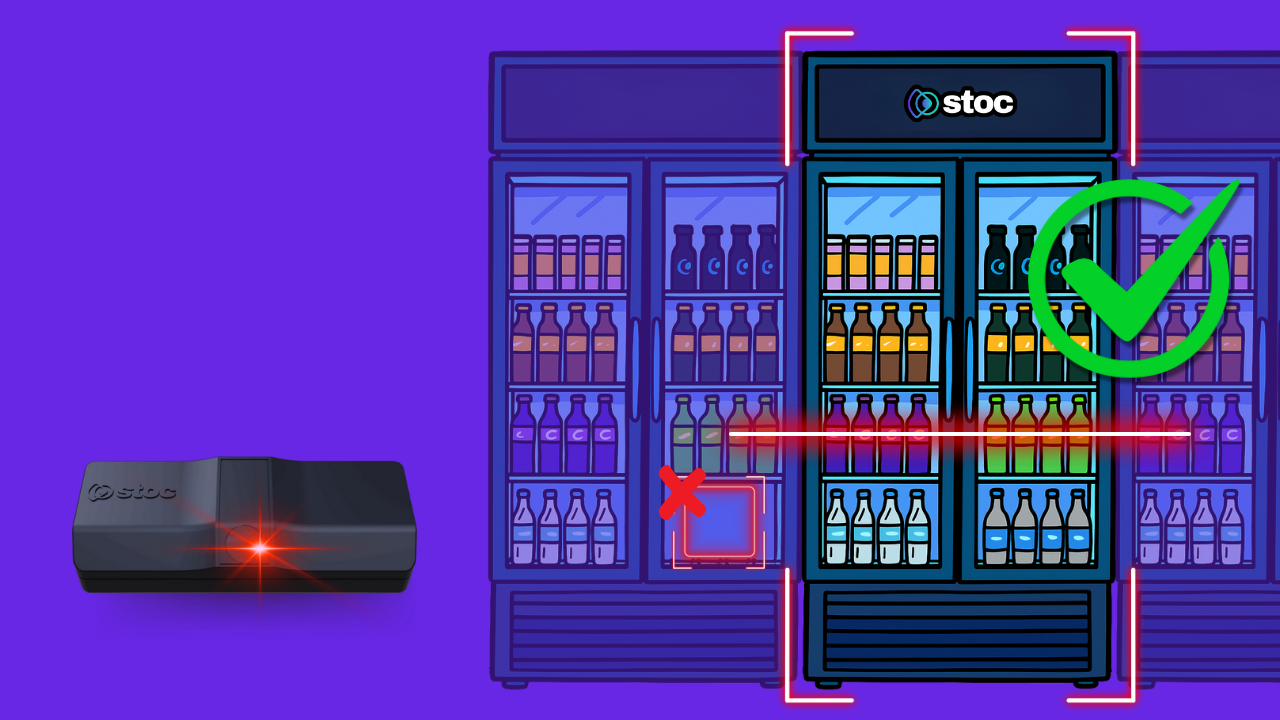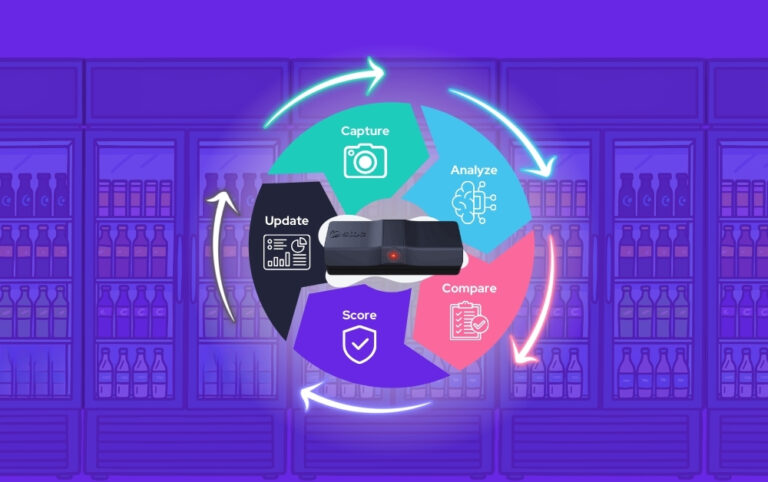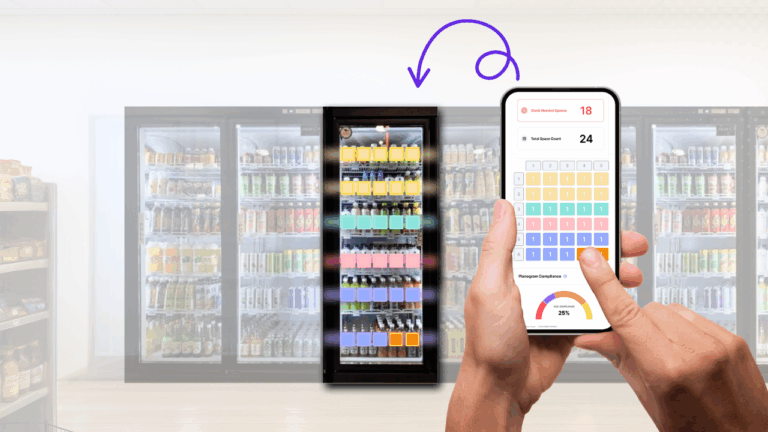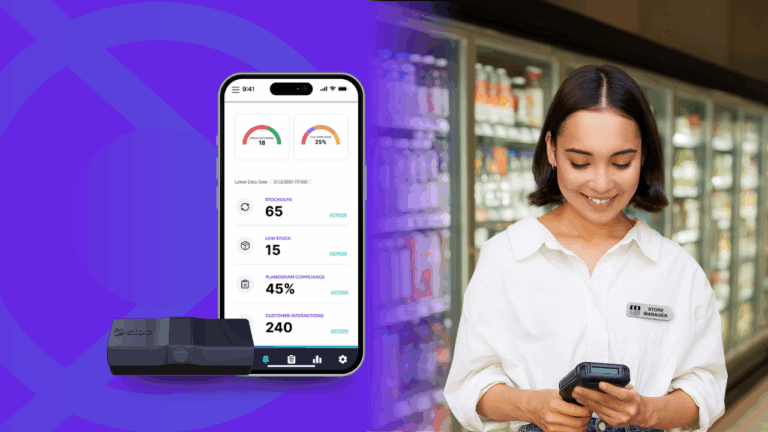Retail Automation: From Action to Verification
AI Agents in Retail Eliminate Bottlenecks
Retail operations are hitting a ceiling. Despite heavy investment in digital transformation, many retailers remain stuck in a loop: powerful systems on one end, frontline teams on the other, and humans caught in the middle manually pushing tasks from detection to execution.
It’s a legacy model, and it’s slowing everything down.
According to Markets and Markets, the global AI agent market is projected to grow from $5.1 billion in 2024 to $47.1 billion by 2030 — a 44.8% CAGR. This is proof that autonomous systems are no longer just a tech trend; they’re becoming the new standard in AI in retail.
Where the Old Model Breaks Down
Retailers digitized their systems but kept one foot in analog. A typical flow looks like this:
- A sensor detects a problem.
- A manager sees an alert, deciphers the issue, and decides on the next step.
- The manager assigns a task.
- The task is followed up on.
- The result is checked.
- The loop is finally closed.
Each step consumes time and effort. Multiply that across thousands of stores and field teams, and you get hours lost with insights arriving too late to act on.
Here’s where it hurts:
- Managers become task chasers instead of leaders.
- Execution slows down, and small issues snowball into big problems.
- Frontline teams get frustrated by vague or delayed instructions.
- Quality control collapses without reliable verification.
The cost? Retailers spend thousands replacing frontline staff and burn out good managers doing work that AI retail solutions could easily handle.
Where AI Agents Step In
Enter agentic AI: not just software that answers questions, but systems that observe, decide, act, and verify without constant human nudging.
AI agents close the loop from insight to execution.
In practice, this looks like:
- A planogram violation gets spotted by a StocVision camera.
- The AI evaluates the risk based on sales velocity and product priority.
- It assigns a corrective task to the nearest qualified field rep.
- The rep receives instructions in their preferred communication channel.
- The fix is verified with image recognition.
- Systems update automatically.
No lag. No ambiguity. No follow-up emails.
Redefining Retail Roles
When task management becomes autonomous, managers shift to strategic operators. They focus on coaching, planning, and driving customer impact instead of chasing tasks.
Corporate teams receive clean, timely data without playing “telephone” through manual reports. And frontline teams get clear, bite-sized actions instead of endless dashboards.
This is what retail execution looks like when it’s designed for the field, not just the back office.
Why Verification Matters
Execution without verification is just hope. Traditionally, managers either had to trust that a task was done or spend time confirming it.
Stoc AI agents use:
- Computer vision to verify merchandising tasks.
- Sensor data to confirm retail cooler repairs or stock levels.
- Transaction logs to validate inventory updates.
- Natural language tools to analyze customer feedback.
That’s the missing link: a system that doesn’t just assign a task but knows when it’s done right.
The Shift Has Already Started
76% of retailers plan to increase their AI investment in the next year, and early deployments are showing 30–50% efficiency gains.
Leading retailers are already seeing AI agents:
- Auto-correct planogram compliance violations.
- Predict and prevent stock outs.
- Schedule and confirm maintenance without manual input.
- Track execution in real time.
The future isn’t bots doing busywork — it’s intelligent systems enabling people to do their best work.
The Real Question
It’s not whether retail will automate — it’s whether your operations will evolve before competitors outpace you. Once execution becomes autonomous, agility becomes the real differentiator.
At Stoc, we’re building that future: systems smart enough to turn detection into done, with no extra steps required.




